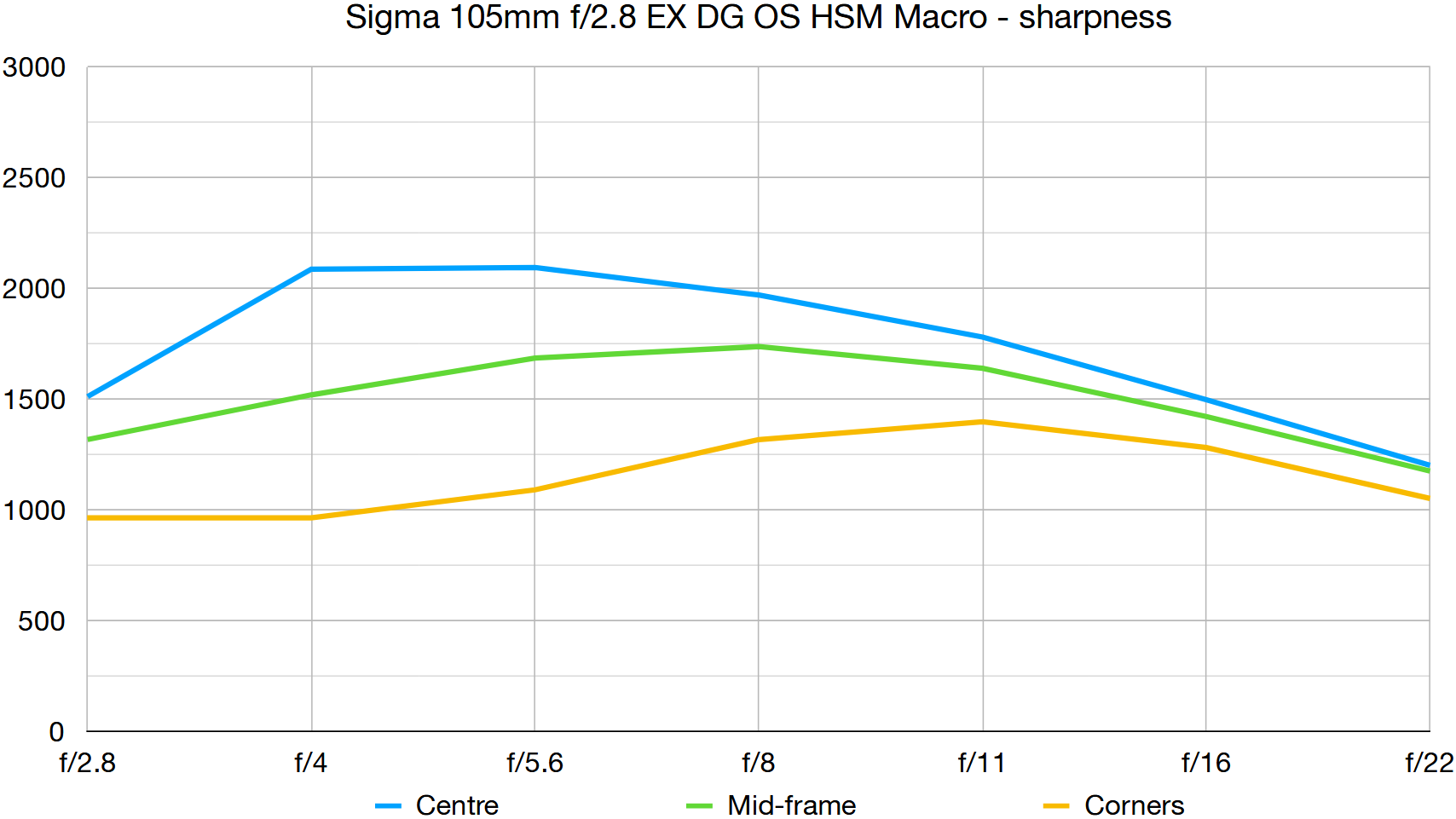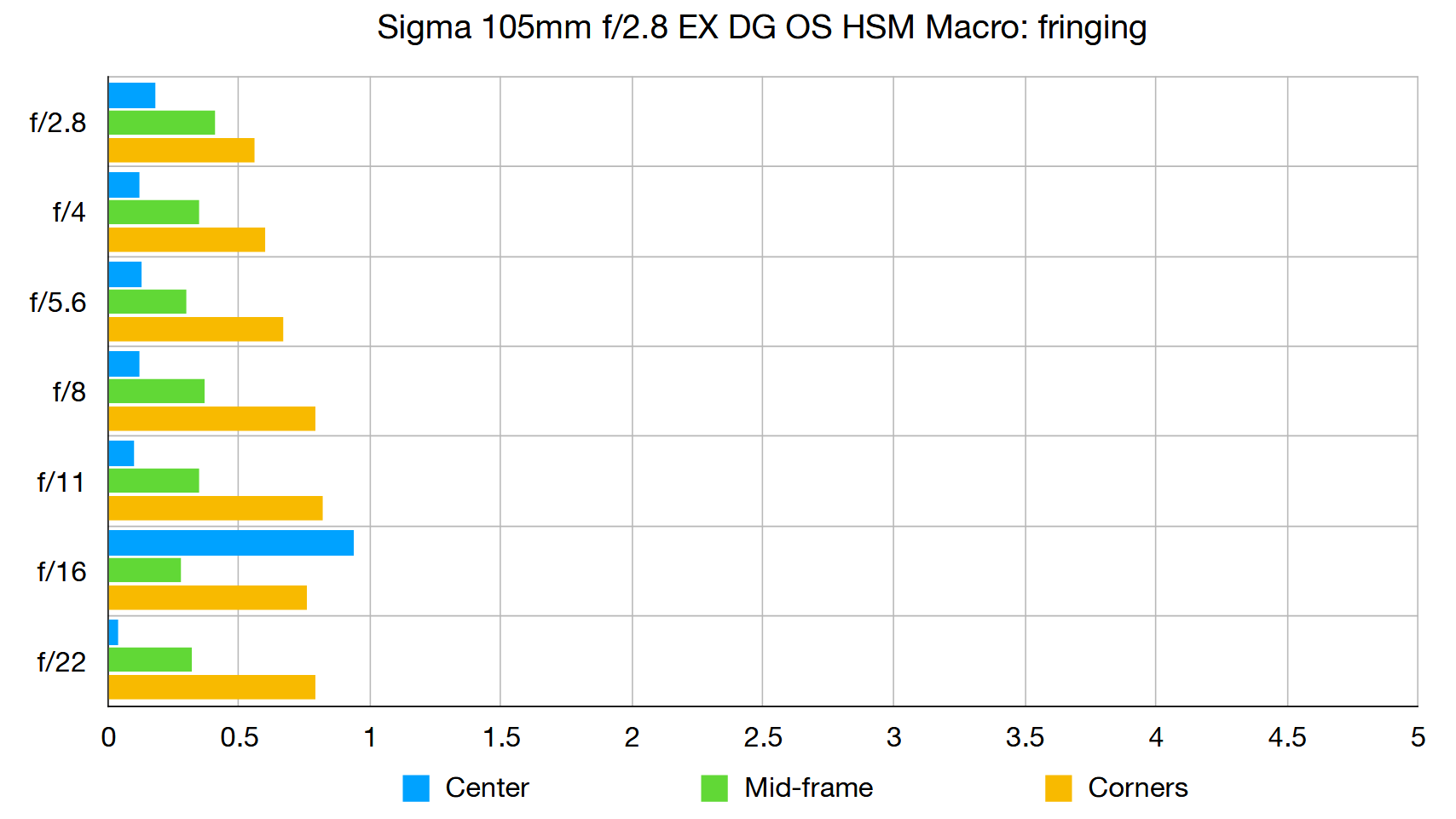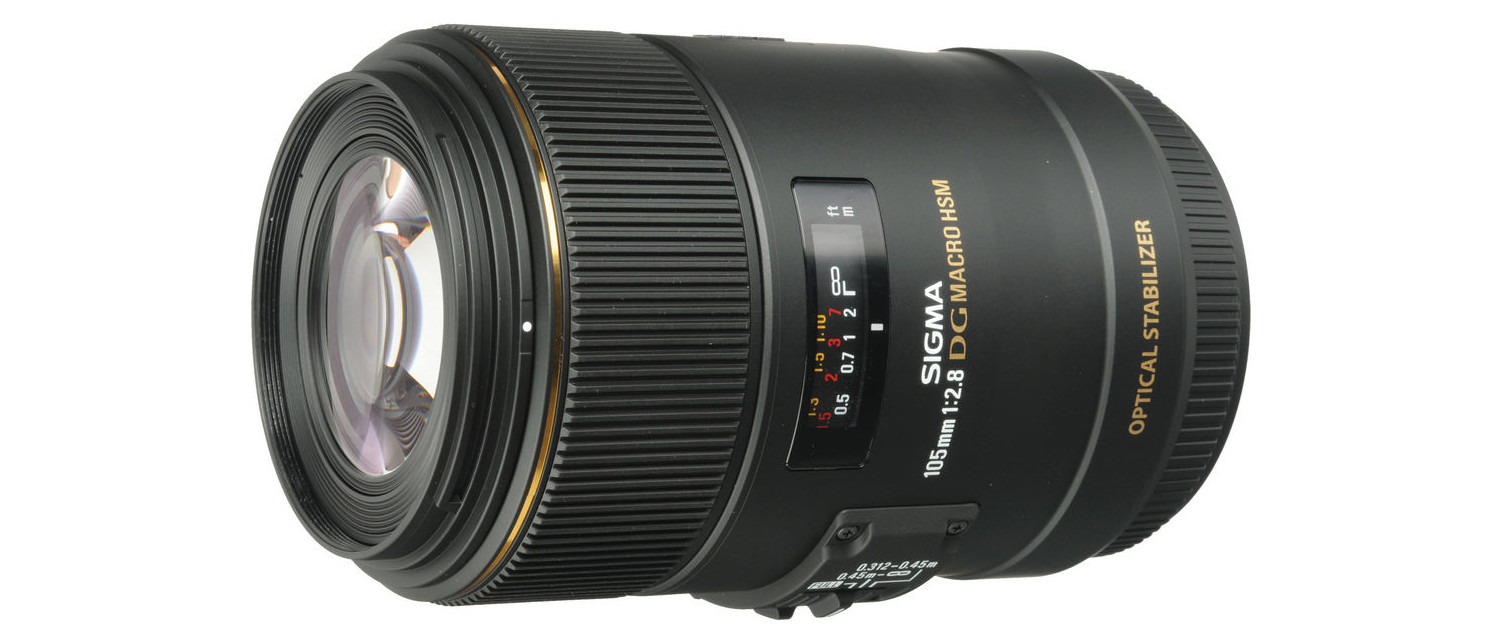Digital Camera World Verdict
Not just a great macro lens for shooting extreme close-ups at up to 1.0x magnification, this Sigma works really well as a short, fast telephoto prime for portraiture, wildlife and sports photography. It predates the company’s ‘Global Vision’ line-up of Art, Contemporary and Sports lenses and is the last of the old-school lenses still in production. However, it very much earns its place in Sigma’s current line-up and is a great performer at a bargain price.
Pros
- +
Excellent performance/image quality
- +
Comfortable full-macro working distance
- +
Fast AF and useful OS for general shooting
Cons
- -
Not weather-sealed
- -
Incompatible with Sigma’s USB Dock
Why you can trust Digital Camera World
Like many modern macro lenses, the full-frame compatible Sigma 105mm f/2.8 EX DG OS HSM Macro works equally well as a fast telephoto prime. The f/2.8 aperture enables quick shutter speeds even under dull lighting, while the fast ring-type ultrasonic autofocus system is good for tracking action. To speed up autofocus in tricky conditions, there’s also a three-position range limiter, with which you can select just the short or long focus range, either side of 0.5m.
Specifications
Mount: Canon EF, Nikon F, Sigma, Sony A
Full-frame: Yes
Autofocus: Yes
Stabilization: Yes
Lens construction: 16 elements in 11 groups
Angle of view: 23.3 degrees
Diaphragm blades: 9
Minimum aperture: f/22
Minimum focusing distance: 0.31m
Maximum magnification ratio: 1.0x
Filter size: 62mm
Dimensions: 78x126mm
Weight: 725g
Key features
Unlike Sigma’s newer 70mm Art macro lens, the 105mm has fully internal focusing and adds the bonus of image stabilization. It has a 4-stop effectiveness in general shooting and comes complete with switchable static and panning modes. However, it’s a regular rather than hybrid stabilizer, so is unable to correct for x-y shift as well as the usual angular vibration, and is relatively ineffective for macro shooting. Build quality is very good throughout although the lens lacks any weather-seals.
Optical highlights include two SLD (Special Low Dispersion) elements to improve sharpness and contrast, while reducing colour fringing, and Sigma’s proprietary Multi-Layer Coatings to minimize ghosting and flare. Typical of Sigma lenses, it’ supplied complete with a hood. More unusually, a hood converter is also supplied for optimising performance when using an APS-C format rather than full-frame camera.
Speaking of which, the lens is available in Canon EF, Nikon F, Sigma and Sony A mount options. The Canon and Nikon versions work equally well on mirrorless EOS R and Nikon Z system cameras, via the companies’ relevant mount adapters.
Performance
Sharpness is excellent through most of the aperture range and across most of the frame, although corner-sharpness is comparatively lacklustre at very wide apertures. The Sigma also loses out to the Canon 100mm IS USM L-series lens for sharpness at very narrow apertures. Image quality is on level terms with the Canon for control over colour fringing, and the Sigma produces less distortion.
Lab results
We run a range of lab tests under controlled conditions, using the Imatest Master testing suite. Photos of test charts are taken across the range of apertures and zooms (where available), then analyzed for sharpness, distortion and chromatic aberrations.
We use Imatest SFR (spatial frequency response) charts and analysis software to plot lens resolution at the center of the image frame, corners and mid-point distances, across the range of aperture settings and, with zoom lenses, at four different focal lengths. The tests also measure distortion and color fringing (chromatic aberration).
Sharpness:

Sharpness is generally excellent although it drops off a little at both ends of the aperture range. For optimum sharpness in macro shooting when you want to gain a little depth of field, you’re best off only pushing the aperture as far as f/16 rather than narrowing it right down to f/22.
Fringing:

There’s virtually no color fringing to see at any aperture setting, even in the extreme edges and corners of the image frame.
Distortion: -0.12
The amount of barrel distortion is so slight that you generally won’t notice it, even when shooting very geometric subjects.
Verdict
Not just a great macro lens for shooting extreme close-ups at up to 1.0x magnification, this Sigma works really well as a short, fast telephoto prime for portraiture, wildlife and sports photography. It predates the company’s ‘Global Vision’ line-up of Art, Contemporary and Sports lenses and is the last of the old-school lenses still in production. However, it very much earns its place in Sigma’s current line-up and is a great performer at a bargain price.
Read more:
• Best camera lenses to get
• Best Canon lenses
• Best Nikon lenses
• Best Sony lenses
Matthew Richards is a photographer and journalist who has spent years using and reviewing all manner of photo gear. He is Digital Camera World's principal lens reviewer – and has tested more primes and zooms than most people have had hot dinners!
His expertise with equipment doesn’t end there, though. He is also an encyclopedia when it comes to all manner of cameras, camera holsters and bags, flashguns, tripods and heads, printers, papers and inks, and just about anything imaging-related.
In an earlier life he was a broadcast engineer at the BBC, as well as a former editor of PC Guide.



